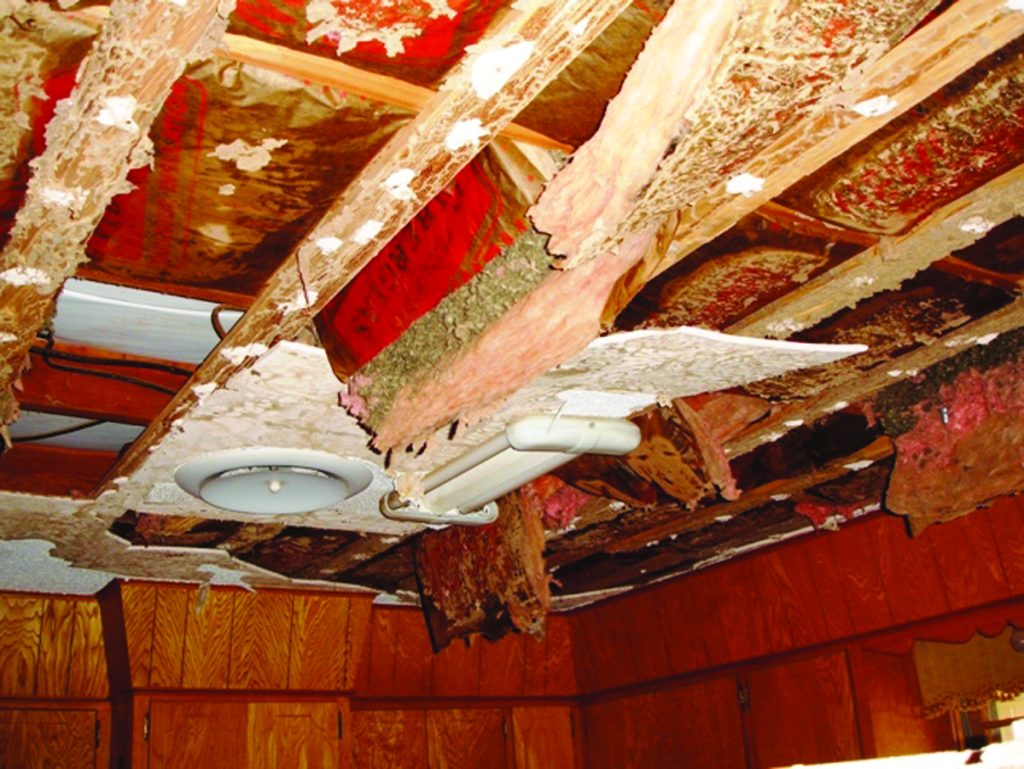Discover the potential dangers of termite ceiling damage and learn effective strategies to identify, prevent, and remedy this silent yet destructive issue.

Termite Ceiling Damage: Navigating the Silent Menace
Termite on ceiling can go unnoticed until significant harm is done. In this article, we delve into the intricacies of “Termite Ceiling Damage,” shedding light on the signs, causes, and preventative measures to safeguard your home.
Recognizing Signs of Termite Ceiling Damage
Blistering or Bubbling Paint
Termites often create moisture as they feed on wood, causing paint to blister or bubble on the ceiling. This visual cue can be an early sign of termite activity.
Sagging or Warped Ceiling*
As termites consume the wooden structure, ceilings may start to sag or warp. Regularly inspect your ceilings for any unusual changes in shape or alignment.
Understanding the Causes
Wooden Structural Components
Ceilings with wooden components, such as beams, joists, or trusses, are particularly susceptible to termite damage. Termites feast on these wooden structures, compromising their integrity.
Moisture and Humidity*
Termites thrive in moist environments. Ceilings with persistent leaks or high humidity levels become attractive targets for termite infestations.
Dealing with Termite Ceiling Damage: Prevention and Treatment
Regular Inspections*
Frequent inspections by pest control professionals are vital for early detection of termite activity. Professionals can identify potential issues and take preventive measures.
Addressing moisture issues is crucial. Fix leaks promptly, ensure proper ventilation, and use dehumidifiers to reduce humidity levels in your home.
Professional Treatment Options
Chemical Treatments
Professional pest control services often employ chemical treatments to eliminate termites. Liquid termiticides or termite bait systems are common methods.
Fumigation*
In severe cases, fumigation may be necessary. This involves tenting the entire structure and introducing gas to eradicate the termite population.
Read too: Understanding and Dealing with Ants in the Ceiling Spaces: Navigating the Intrusion
DIY Prevention Measures
Use of Termite-Resistant Materials
Opt for termite-resistant building materials when constructing or renovating. These materials act as a deterrent, reducing the risk of termite damage.
Regular Cleaning and Maintenance*
Keep your home clutter-free and conduct regular cleaning to minimize hiding spots for termites. Maintain a clear perimeter around your home to reduce the likelihood of termite entry.
Conclusion: Safeguarding Your Home from Termite Ceiling Damage
Termite ceiling damage is a serious threat to the structural integrity of your home. By staying vigilant, understanding the signs, addressing causes, and implementing preventive measures, you can protect your home from the silent menace of termite damage.
Early intervention is key, and consulting with professionals for thorough inspections and tailored treatments is recommended for significant termite infestations.
